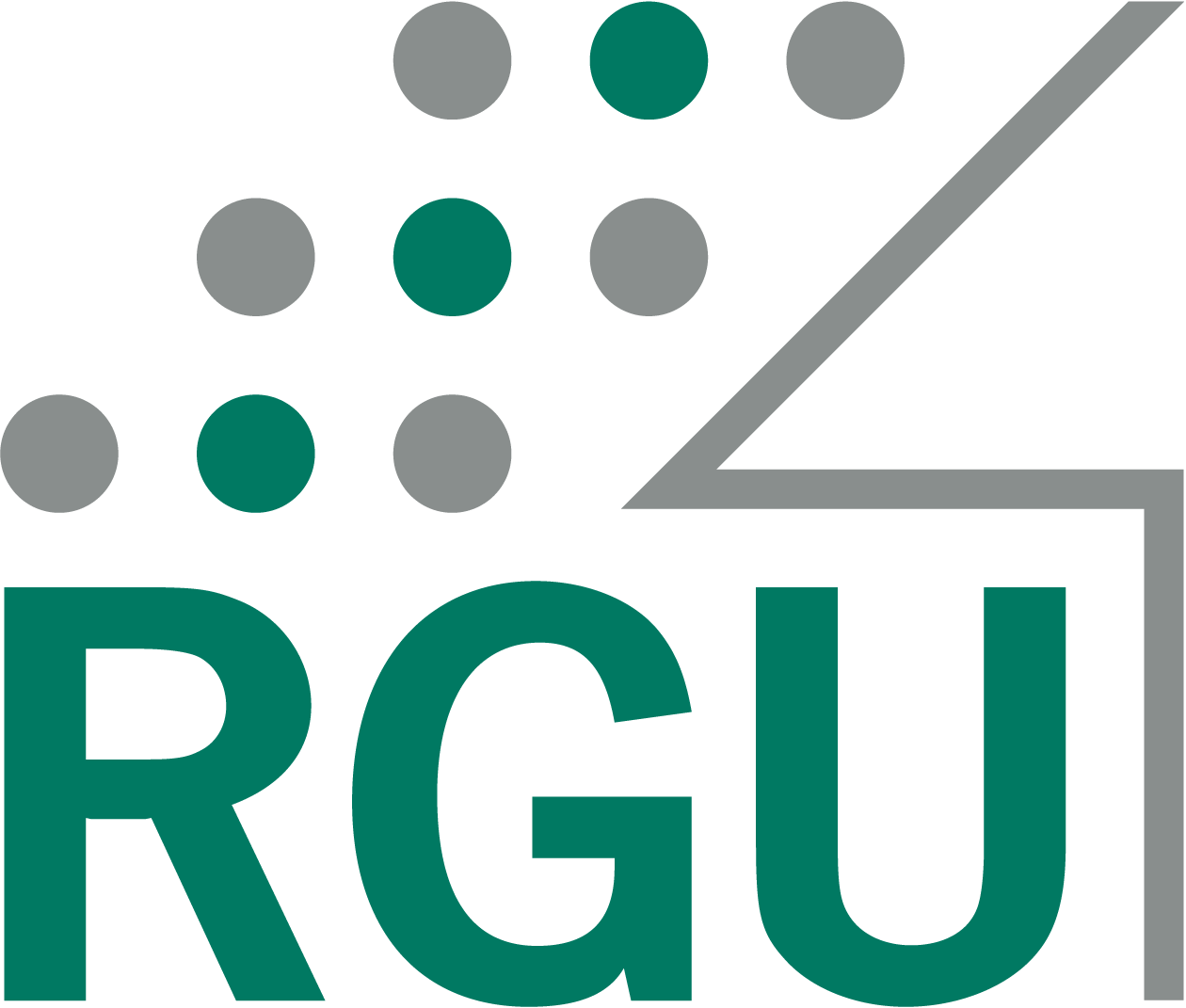This article 4 of 6 shall highlight how easy it is to start out on the journey of digital transformation and introduce 5 easy steps to accomplish what we would call a “foundry 4.0” level.
PART 4
Fourth in the series of 6 Articles showcasing:
“How foundries can move the Next Step into ‘INDUSTRY 4.0’ level”
By
Mr Bhushan Bhatt – Bhaunagar, India
and Mr Christian Kleeberg – Singapore.
Summary of Parts 1, 2 & 3
Planning and Control systems for foundries have been introduced, processes have changed, and these are now constantly being put to test. Many companies, however, still work with “traditional methods”, and Excel is part of the daily struggle. However, you just cannot do things by “Rule of Thumb” anymore today. Cost transparency, material- and energy-efficiency, and process security in real time; combined with the much quoted “fast time to market”, have become essential, if foundries want to survive. Digital transformation in foundries is taking place right now. Foundry Managers of the future become IT-gurus as many computer-based technologies must be mastered in parallel; it is not enough to know about just Methoding and Casting.
Standard Enterprise Resource Planning (E R P ) Solutions continue to fail in foundries and foundry related processes as they do not cater for discontinuous special company processes all are facing. A new, adaptive solution, already used in many foundries in central Europe, is now launched in Asia, and particularly in India. It’s called: FRP = Foundry Resource Planning Solution Technology.
Sometimes processes and structures to achieve 3.0 (maybe 3.5) level must be created before the next step can be followed.
- For example, IT-Infrastructure must be there! (STEP-1).
- However “Digital Transformation” is a long journey at times and the main question is, and will always remain:
How good is the quality of DATA? (STEP-2) - Any human interactions must be considered since many processes are executed manually even today. As such, foundries should consider that investments in hardware (machinery etc.) should coincide with investments in software solutions as well. Here many neglect the potential they have. FRP is at the forefront of “FOUNDRY 4.0″ because of the standard platform it provides, and it can be used very easily on daily basis. In our case the benefits are very much obvious: ‘Digital Transformation’ of foundry means clear implementation of FRP, with PPC and MES levels
under considerations of other state-of-the-art technologies (STEP-3). - In order to do that, each foundry must exercise isolation of individual problems, e.g. Scheduling of Man-Material-Machine (STEP-4).
- Subsequently, they are in the process of creations of individual ‘CPC – islands’ that are integrated into leading corporate systems. Ultimately we look at an integration of ‘Software+Man+Machine+Material’ in a homogeneous manufacturing system (STEP-5)
Today’s foundries, especially “captive foundries”, show the way on how to improve and modernize individual processes as they deploy any of the following:
- Digital control of transport
- Workers receive higher control
- Work sheet papers with clear rules, sometimes even BC techniques
- Intelligent casting logistics
- Optical sensors
- Others
To achieve „foundry 4.0“ status the are of course risks to be evaluated and as such, they are high demands to IT and Infrastructure, handling of big DATA volumes, security issues of any kind, the usual question of „Cloud, „no thank you?“ Or may be „yes please?“ In addition, Data may be accessible via the web (customer/ESP‘s/Officials) and industrial spying starts in the web and not at the gate of a factory.
Last but not least human interaction may disappear as well acceptance of technological barriers. The average age of skilled labour may drop to below ~ 45-50 years, meaning valuable LIFE know-how may not be available. Furthermore any foundry NOT budgeting for new technologies and not investing correctly into IT will be in danger to phase out: here CONTINUITY IS CALLED UPON.
Although the process of smelting / molding / pouring / shake out / fettling etc cannot be changed, the Smart and Green Foundry 4.0 movement via Associations is visible. To embark on this journey it is best to engage equipment manufacturers to be involved from the beginning as this provides total process control with digital technologies (e.g. FRP). The whole Industry 4.0 movement is driving/pressurizing foundries to be more innovative as Know how transfer through documented work is supported via systems like FRP to resolve legacy issues. This provides again new opportunities for Man – Machine – Material integration and as the machines become DATA transparent so do the workers. This includes new responsibilities, new job scopes within the foundry, new and innovative human solutions and will help to ensure the future security for foundries via technically advanced handling of traditional technologies.
Indeed the foundries are moving from:
3D = dirty, dangerous, difficult
TO
D3 = digital, dynamic, different.
The next parts of articles will highlight the following:
Part 5 + 6: The outlook to transform the industry into something technically and IT wise advanced and make the foundries a modern hightech enterprise that’s fun to work in and attract young talent.

